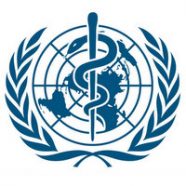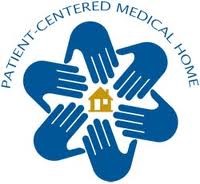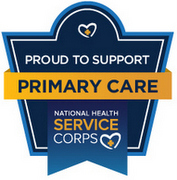
The World Health Organization
has a wonderful website where all 68,000 of the ICD-10 codes we’re now using to classify and bill for the various conditions we treat are categorized and enumerated.
First a little about symbolism
The WHO logo at left contains an international symbol of medical care also used by the American Medical Association, a serpent lifted up on a pole, that some believe was derived the mythological figure of Asclepius, a supposed half-deity dating to about 1200 BC who was associated with healing and medicine.
However, those of us in the Judeo-Christian tradition trace the symbol back even further to the experience of Moses in the wilderness in about 1450 BC as recorded in Numbers 21.9: “So Moses made a bronze serpent and set it on a pole. And if a serpent bit anyone, he would look at the bronze serpent and live.” This has been carried forward into our faith in this passage quoted in John 3.14-15: “And as Moses lifted up the serpent in the wilderness, so must the Son of Man be lifted up, that whoever believes in him may have eternal life.“
In the Bible, the serpent has been a symbol of Satan and the works of darkness, deception, and death from the Garden of Eden until now. And Jesus being lifted up on the cross in the serpent’s place has become the substitute whose life, death, and resurrection brings light, truth, and healing.
And now the code list
ICD-10 stands for the 10th Edition of the “International Classification of Diseases” and has a section that includes a complete list of codes for “persons with potential health hazards related to socioeconomic and psychosocial circumstances” that will give you an idea of the range of personal afflictions and “baggage” that many of us suffer from and/or bring with us into adulthood. Many of these conditions, especially those in the Z61 category, are what we refer to as “Adverse Childhood Experiences” which can have lifelong consequences.
Click here to read one list of serpent bites that people experience, then weep and join us in prayer.





